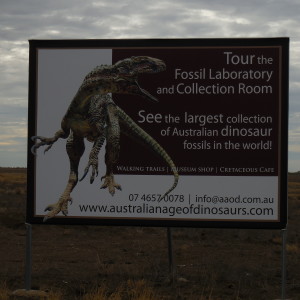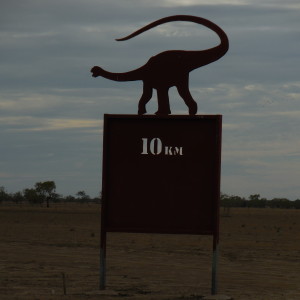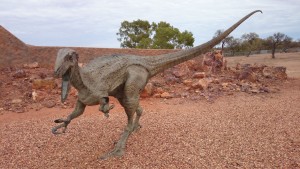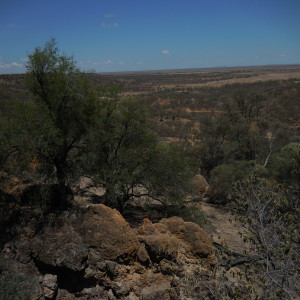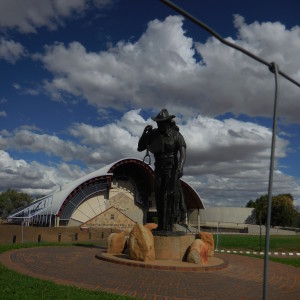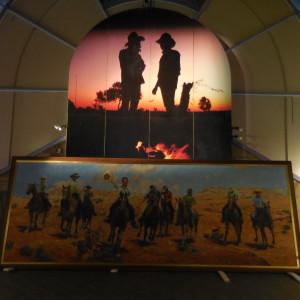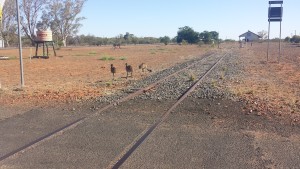As many of you know I recently won the opportunity to pitch one of my manuscripts to Australian film producers, directors and screenwriters. It was an absolutely amazing experience right from the beginning to the glorious end. In this post, I thought I would share with you my tips on preparing a perfect pitch, whether that is for film producers, editors or book publishers.
Fossil Frenzy The Adamson Adventures 3
Queensland Writers Centre Adaptable Competition Shortlist
Do your research. There is no point sending your manuscript to everyone. Find the right fit. You wouldn’t send a science fiction novel to a publisher that only publishes humorous picture books. You need to know the market and who is interested in the genre you are writing. I admit I was lucky, I happened to stumble across the Adaptable Competition. I was doing research into publishers for my manuscript ‘Fossil Frenzy,’ when I came across the competition with Queensland Writers Centre.
Be Brave and Submit. Once you find a good fit, go for it. Read the guidelines very carefully, and answer the questions to your best ability. Take your time with it, but don’t over think it. When I found the Adaptable competition, the closing date was only two days away. I didn’t have long to submit. My initial reaction was to procrastinate but I didn’t have time for that. The guidelines stated the story had to be set in Queensland. I had such a story, but it was book three in a series and not yet published. I pondered, would I be better sending the first book in the series even though it was set in Bali? No, stick to the guidelines, I submitted ‘Fossil Frenzy,’ set in outback Queensland.
Celebrate the small wins. Now the hard work really begins. After waiting an eternity, you get a response. But the shortlist you were expecting has been changed to a longlist due to the enormous amount of entries. Now you are asked to submit the full manuscript and the wait begins again. Within weeks the news comes that the shortlist has been announced and your name is on it! You will be pitching to producers. Eek! You did it! Take time out to celebrate this massive achievement, it doesn’t come along every day.
You Got This! Time to whip that synopsis into shape and prepare your speech. Memories of that dreadful first attempt at pitching live to editors come flooding back. You begin to question yourself,. Why did you even think you could do this? Take a deep breath, chin up, small steps, have courage, your work is good.
Secret to a strong Synopsis. Start with a great tag/log line. A ten to fifteen word elevator pitch that will hook your reader. It must be succinct yet convey your main character’s driving goal. Mine for ‘Fossil Frenzy’ is ‘ In the drought-stricken present, the only hope is buried in the past.’ Did I intrigue you? Next, think about your main characters. Can you concisely in one paragraph for each, describe both their internal and external goal, motivation and conflict? Add the major turning points throughout the overall arc, the resolution and the conclusion. Don’t leave out any surprises or twists. The editor or producer need to know it all. The hard part is sticking to your word count or time limit, you know your work better than anyone else, remember to use your unique voice and select the most appropriate scenes from the story to demonstrate.
Be Inspirational. Just like the beginning of your story needs to hook your readers, so too, the beginning of your pitch needs to hook who you are pitching to. Give them a reason to want to learn more. Have them sitting on the edge of their seat eager for you to continue. I opened with the fact that my story is an action adventure with drama and suspense but also plenty of humour. Then gave them an example that made each of them laugh every time. Then I moved on to my inspiration behind my story which is also my reason for writing it, which led onto my logline and the journey to finding my setting. All the while I weaved a story that also gave them reasons why an audience would want to see my story on screen. I found my point of difference and made sure they would remember both my story and me.
Try to relax. The best way to do that is practice, practice, practice. For my very first pitch to editors a couple of years ago, I know I didn’t do this. I didn’t expect my name would be drawn out of a hat, but all of a sudden, there I was standing in front of a panel of editors and a room full of authors and illustrators. I felt like an impostor, I was so embarrassed, I was never going to put myself through that again. Then Adaptable came around, the difference was the Gold Coast film Festival was cancelled thanks to Covid-19. We were no longer able to pitch in person, we were now pitching via Zoom. So I embraced social media, and practised daily via Zoom with a group of author friends. This technology was not going to defeat me. Find a group of friends you trust, I will be forever grateful for my friends who saw me through my stumbling practise sessions. At first it was a complete disaster, but each day I improved a little bit more. So much so, the first producer I pitched to said I had presented her the best pitch she had heard.
The secret ingredient. If you need a break, take it. When the pitches were put back by a week or so, I took a week off my practising to clear my head. It was time to rest. I knew my pitch by now, no point overthinking it. Finally, when the time comes, remember deep breaths and warm-up exercises. Before going live on Zoom, I spent ten minutes in my lounge-room doing a few warm-up exercises to get the blood pumping followed by some slow deep breathing. By the time we were ready to begin I was as relaxed as I was going to be. I knew I was prepared, I had done everything I could.
One Final tip. I knew my pitch, I had practised it often enough. I tried to make it conversational, so it wasn’t exactly word for word every time. You want it to be conversational, it sounds more natural, but just in case you get stuck you need an occasional prompt. If you are pitching live, then palm cards are the obvious choice. As I pitched via Zoom I was able to use a slightly more subtle strategy. Post-it notes are rather handy.
Enjoy the experience, no matter what happens next it doesn’t matter. You have succeeded just by pitching.
Pitching Fossil Frenzy via Zoom
You Can Do This!
Now comes the waiting. I’ve heard the positive responses from the producers. Will one of them read my full manuscript, take it to their marketing team and decide to offer to option it? My fingers and toes are crossed. it’s been a rollercoaster ride of emotions to reach this end point. Is the journey over? I certainly hope not. Fossil Frenzy the Adamson Adventures 3 is yet to be published. Stay tuned, I hope to have it coming soon.
Have you ever pitched to an editor, publisher or film producer. What tips would you add to this list? Please leave your suggestions in the comments section below.





